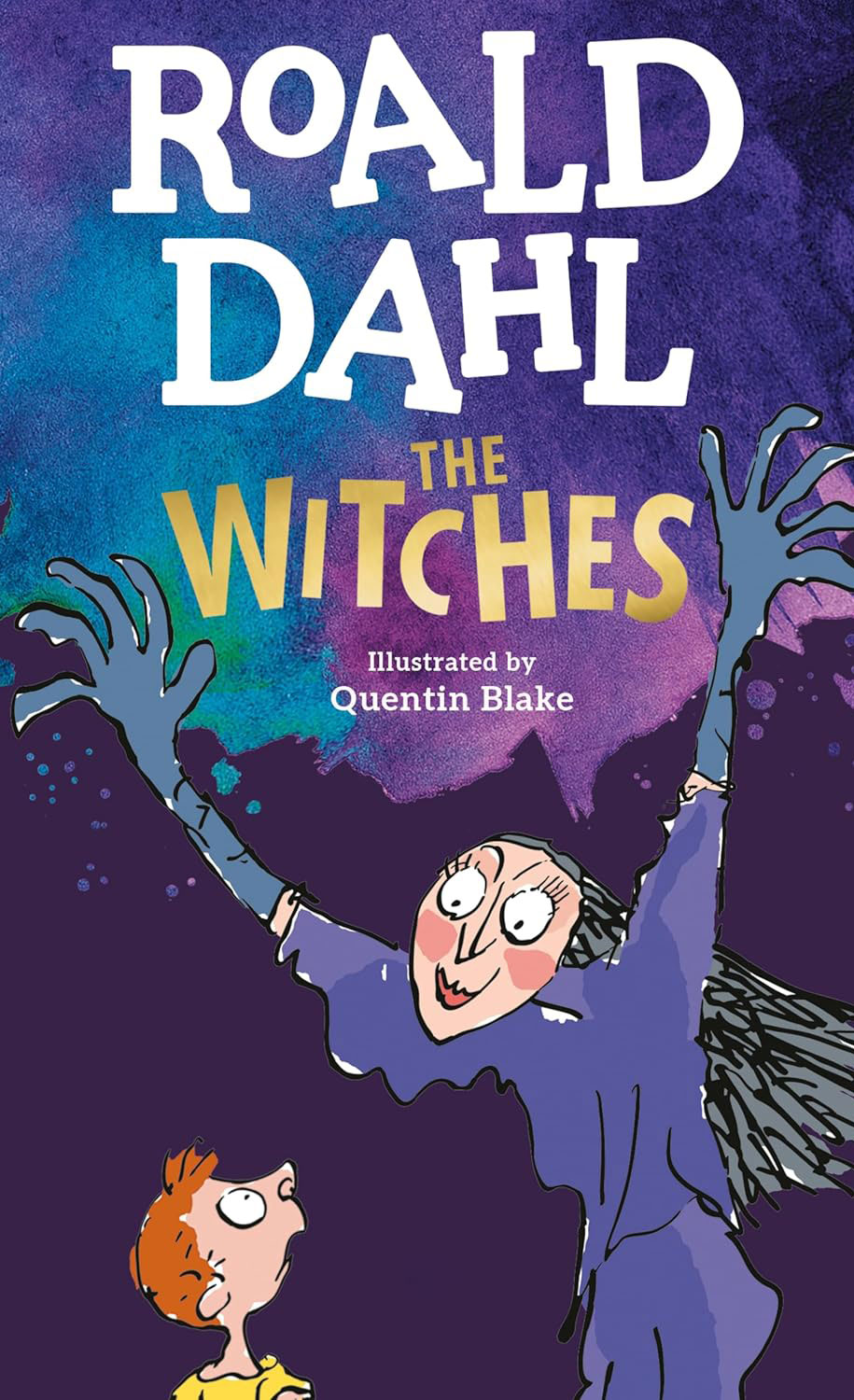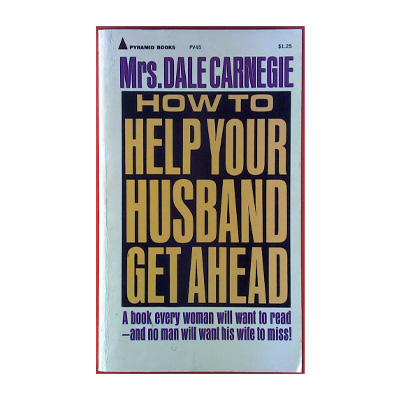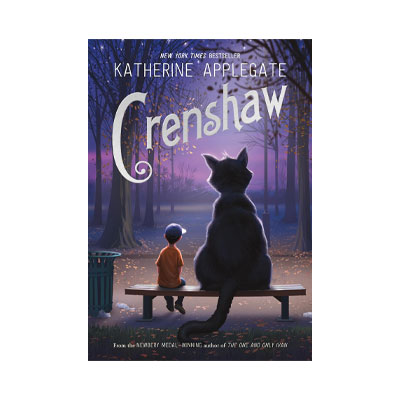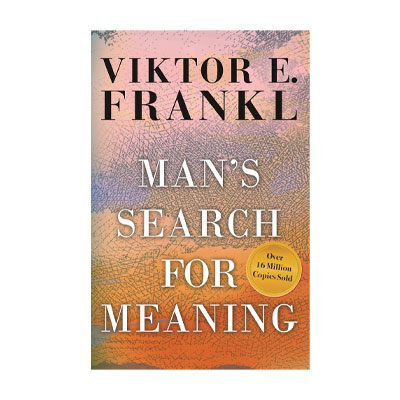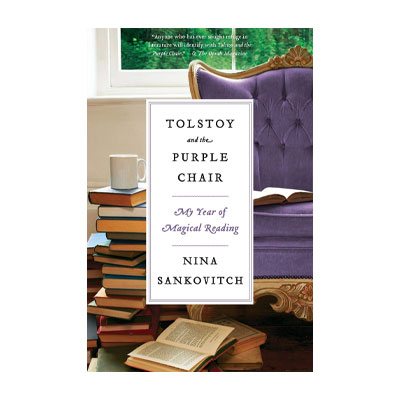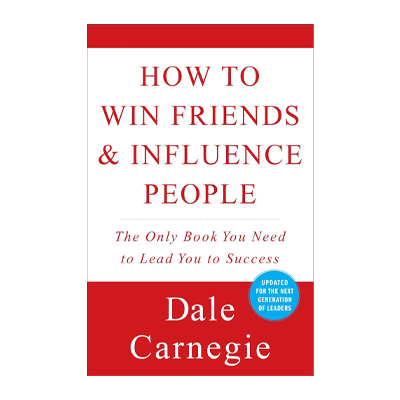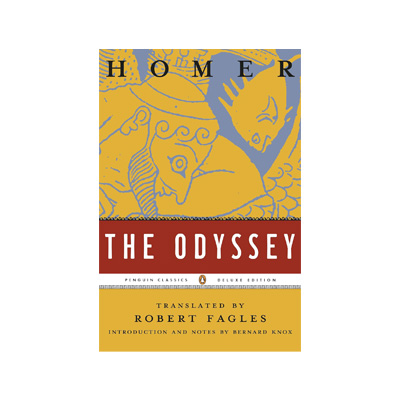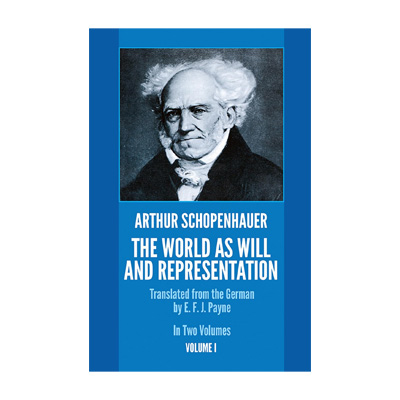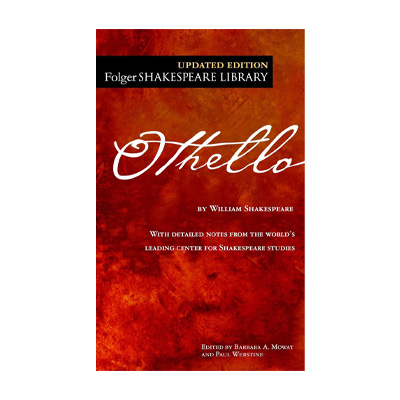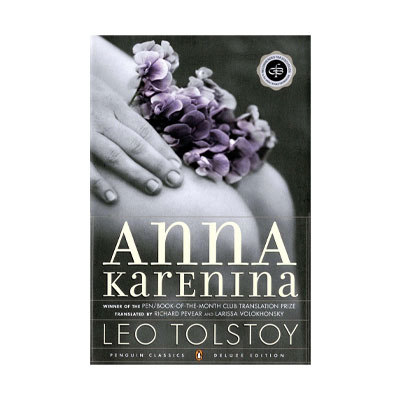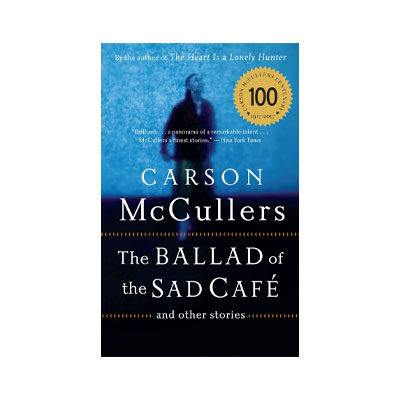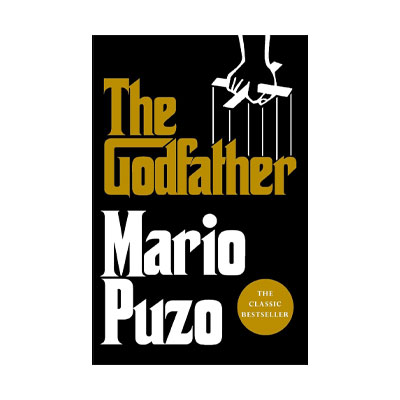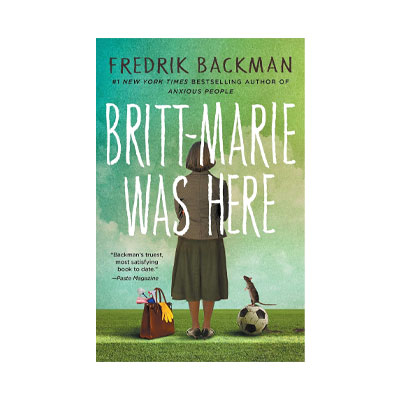Book Summary
One of the most prominent fantasy books on The New York Times list, "The Witches" is written by the late British author Roald Dahl. The story revolves around a boy who is transformed into a mouse by a wicked witch. In fictional works, witches are often depicted riding brooms and wearing distinctive cloaks and hats; however, in this tale, there are no such appearances.
Instead, it discusses real witches who, with their loathsome nature, despise children and disguise themselves as kind ladies to deceive them and transform them into various creatures. Roald Dahl portrays all witches as women, which has drawn considerable criticism towards his work. On the other hand, Quentin Blake's delightful illustrations enhance the book's appeal.
Dahl occasionally steps back from telling a fantastical story and, much like an educational book, attempts to teach readers how to recognize real witches and what traits in their behavior and appearance reveal their true nature. The main characters in the narrative are a teenage boy and his grandmother, who, after falling into the witches' trap, manage to gather information about their evil plan led by a powerful leader.
Now they must do everything they can to break the witches' spell. "The Witches," which has also received the Costa Book Award, has been adapted numerous times for stage productions, with one of the best adaptations being a film released in 1990 directed by Nicolas Roeg.
About the Author
Roald Dahl was an English author of Norwegian descent, born in 1916. After migrating to Africa and then to America, he joined the U.S. Navy during World War II, where he suffered significant injuries but ultimately survived and turned to writing. Dahl, who passed away in 1990, was a popular author throughout his 74 years of life and even afterward. Some of his most beloved works include "Charlie and the Chocolate Factory," "Matilda," and "The BFG."
Who Should Read the Book?
Teenagers who are engaged with fantasy and imaginative stories are the primary audience for "The Witches," but adults who enjoy such works can also benefit from reading it.
Table of Contents
Roald Dahl's literary work is classified into 22 sections by this author.
Book Quotes
The first trick I planned to teach them that day was tightrope walking. Teaching a clever mouse to walk a tightrope isn't hard at all, as long as you know all the tricks of the trade. First of all, you need a piece of rope, which I had. Next, you need a delicious cake. The favorite treat of white mice is a tasty raisin-walnut cake. They are absolutely crazy about this kind of cake. The day before, while having tea with my grandmother, I had put a piece of raisin-walnut cake in my pocket.
Now, what you need to do is hold one end of the rope in one hand and the other end in your other hand and pull. It's better to start with a short length, about seven centimeters is good. You place the mouse on your right hand and a bit of cake on your left hand. This way, the mouse is only about six centimeters away from the cake. He can see it and smell it. His whiskers tremble with excitement, and if he leans forward, he can reach the cake—well, not quite. He just needs to take two steps on the rope to get to this delicious treat. He risks it and puts one paw on the rope, then the other. If he can keep his balance well—which most of them can—he can easily walk to the other end of the rope.
I started with William. He didn't hesitate for a moment and made it to the other end of the rope. To stimulate his appetite, I let him take a tiny nibble of the cake. Then I placed him back on my right hand. This time, I raised the rope higher—about fifteen centimeters. Now William knew what to do. He kept his balance beautifully and walked step by step along the rope until he reached the cake. His reward was another bite of cake.
Before I turned eight, I had encountered witches twice; I survived the first time, but I wasn't as lucky the second time. Terrible things happened to me that will probably make you scream when you hear the story. There's nothing to be done about it. The truth must be told. Honestly, if I'm still here talking to you (even though I might look strange), it's entirely thanks to my wonderful grandmother.
My grandmother was from Norway. Norwegians know a lot about witches because Norway has dense forests and very cold mountains. The first witches originated from there. My parents were also Norwegian, but since my father worked in England, I was born there and went to an English school. We returned to Norway twice a year, once at Christmas and once in summer, to visit my grandmother. This old lady was, as far as I can remember, the only relative we had left on both my father's and mother's side.
